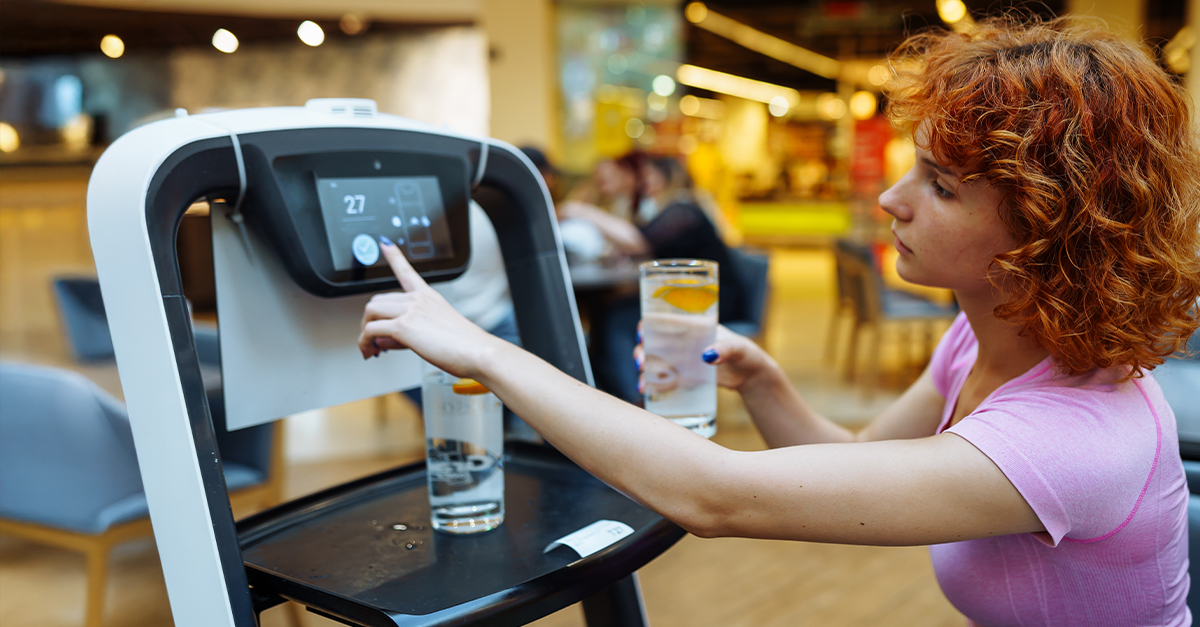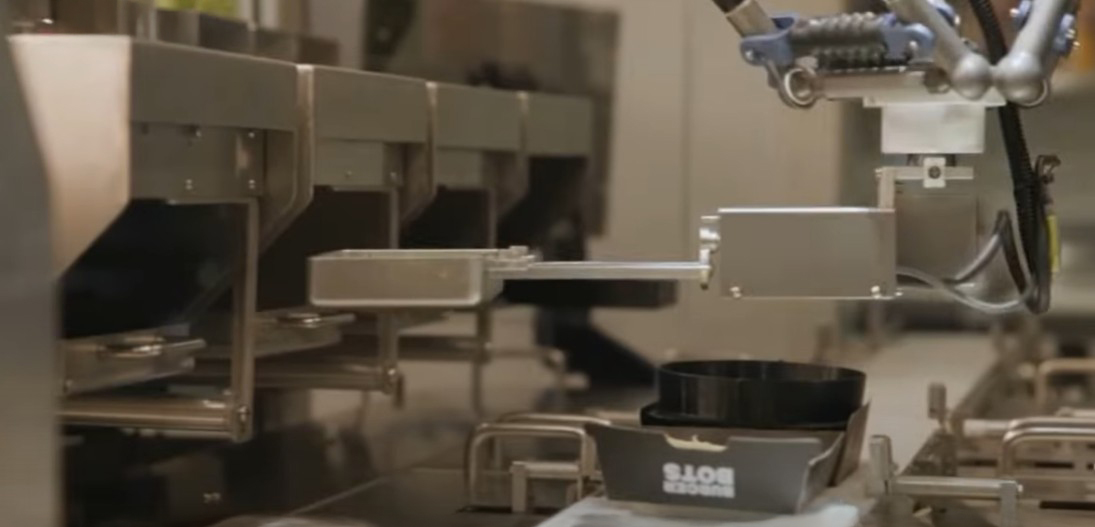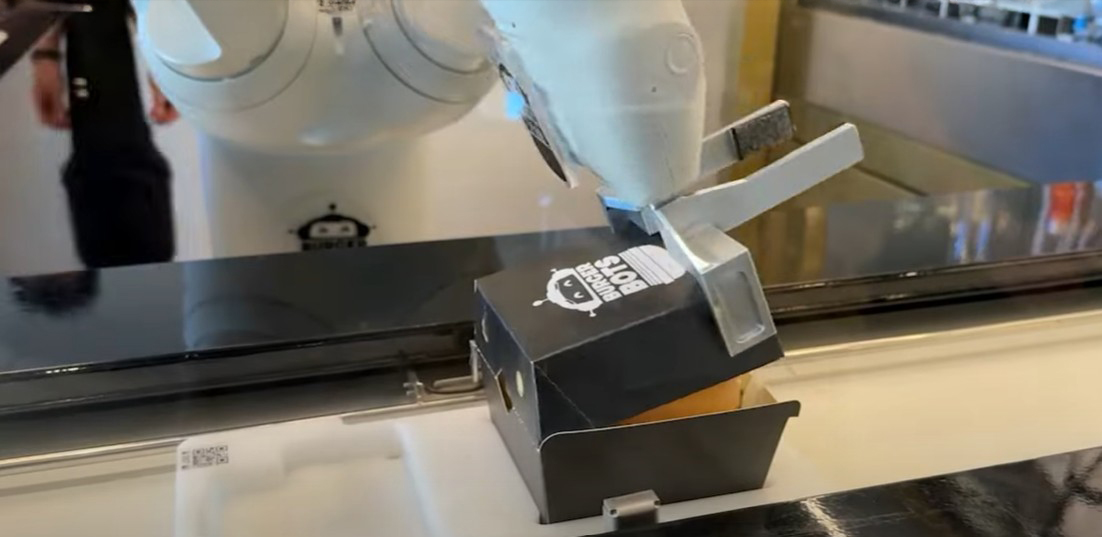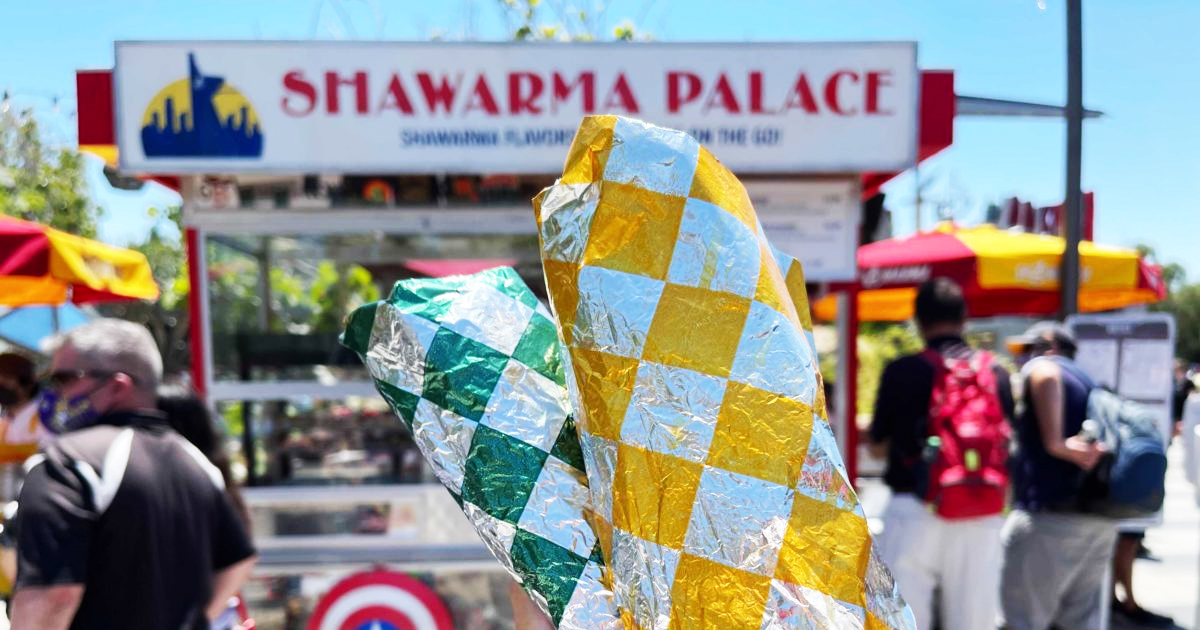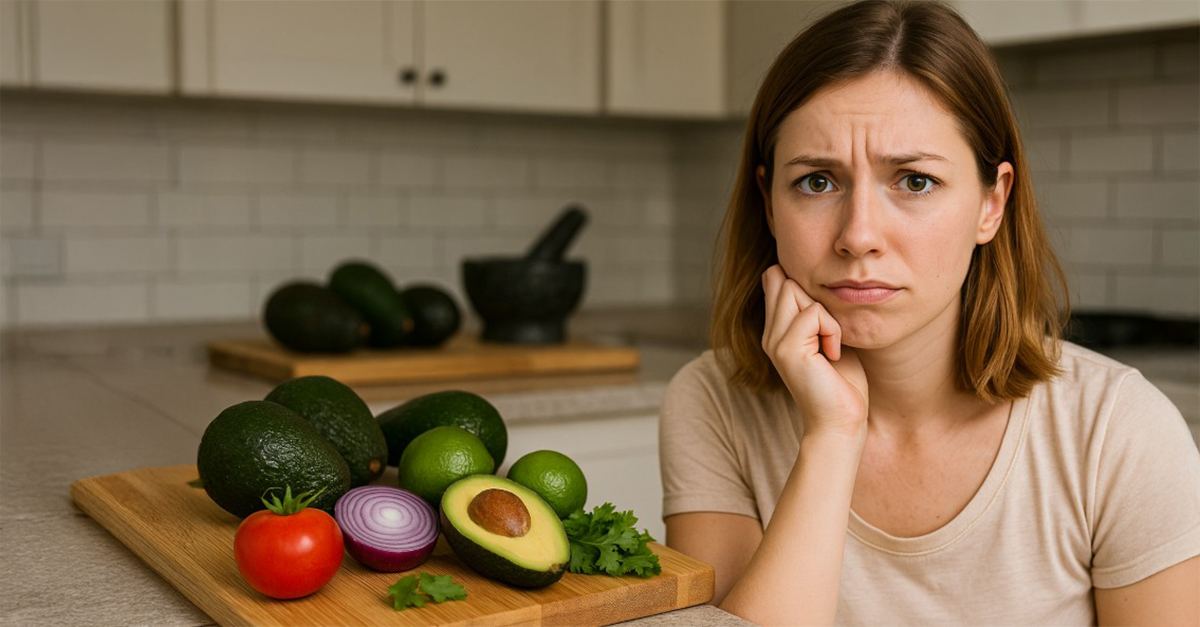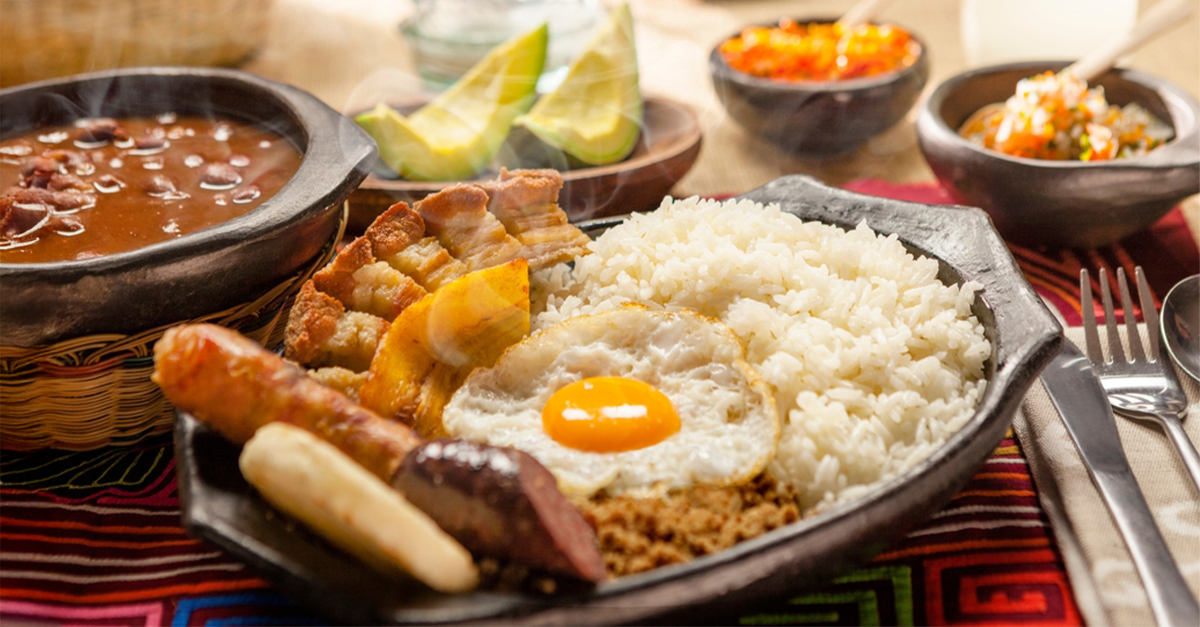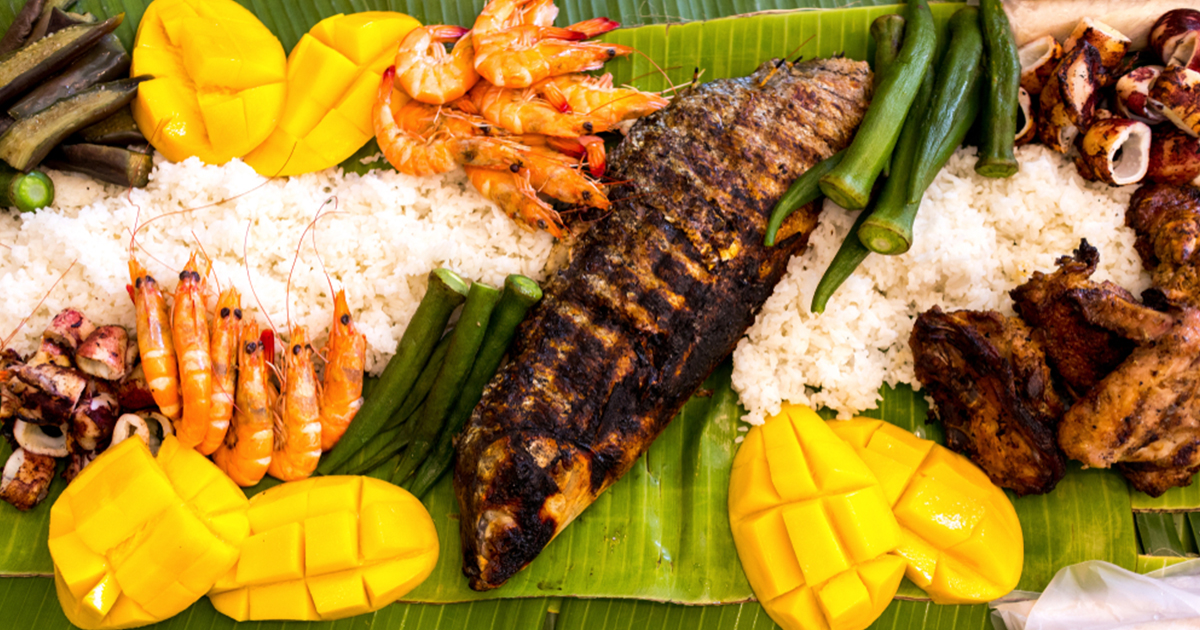Robot servers have become an increasingly common sight in America’s fast-food restaurants. From rolling trays of burgers to mechanical arms handling baskets of fries, automation is changing the fast-food experience. The technology is more efficient and consistent; but raises questions about customer experience, job security, and long-term reliability.
The Rise Of Robotic Servers
Restaurants have long played with the idea of automation, but recent advances in robotics, AI, and sensors have turned the abstract concept into a reality. Chains like McDonald’s and Chick-fil-A have already tested robot assistants for food prep and window service. Robots can put in long hours without getting tired, a feature that’s of interest to an industry dealing with labor shortages and rising wages.
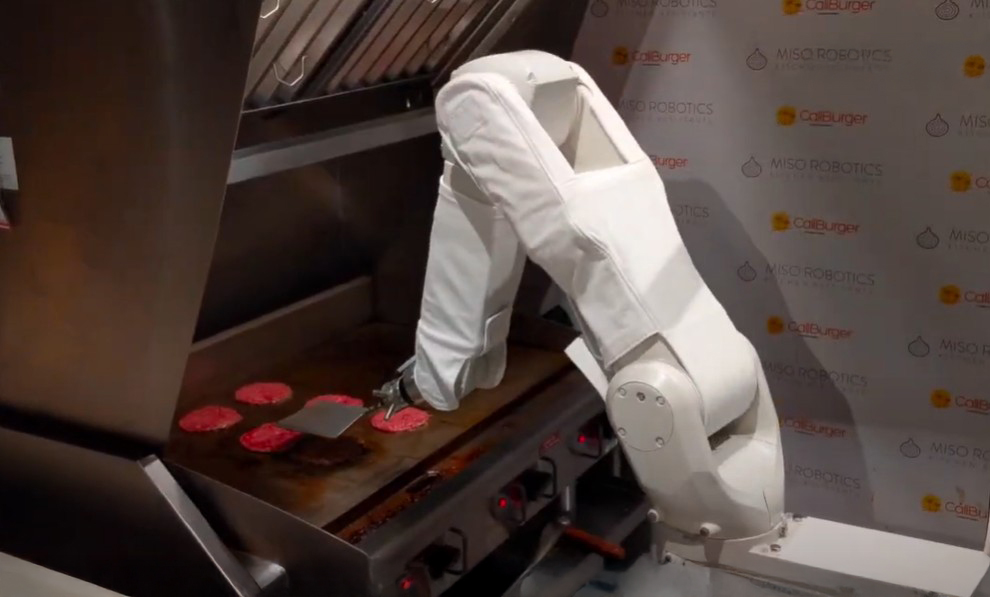 Flippy the Burger Flipping Robot at CaliBurger Pasadena, Rich DeMuro, YouTube
Flippy the Burger Flipping Robot at CaliBurger Pasadena, Rich DeMuro, YouTube
Why Fast-Food Chains Are Adopting Robots
Labor costs and staff shortages are the two main drivers of fast-food automation. A lot of restaurants are struggling to maintain staffing levels, causing reduced hours or slower service. Robots can solve this by doing repetitive tasks efficiently, while maintaining consistent portion sizes and cooking times. They also cut down on employee burnout by taking care of menial or physically demanding jobs.
Faster And More Efficient
Robots can simplify operations by automating order delivery, drink refills, and cleaning duties. This can mean faster service and fewer screw-ups of customers' orders. Some systems even integrate seamlessly with ordering kiosks, so a meal can be prepared and served from start to finish with no human intervention.
Hygiene And Health Considerations
In the aftermath of the coronavirus pandemic, contactless service has become a more attractive option. Robots can negate the need for face-to-face contact, and thereby lowering the risk of germ transfer. Their exact movements also minimize the probability of spilling food and drinks and contamination in general. This is of particular value in a fast-paced, high-traffic food environment.
Customers And The Novelty Factor
For some fast-food diners, dealing with a robot server is a fun, futuristic experience that adds to a restaurant’s appeal. Kids usually get a kick out of the experience, and social media posts featuring robots can generate buzz online. Early adopters have seen that the novelty can boost sales and brand visibility.
A Robot And Its Limitations
Despite the upsides, robot servers have their fair share of drawbacks. Their cost upfront can be exorbitant, and keeping them running requires trained personnel. Robots malfunction and cause service delays. They can also struggle in unpredictable situations, like handling special requests, threading their way through crowded spaces, or responding appropriately to customer complaints and questions.
Impact On Jobs And Morale
One of the most controversial aspects of robot adoption is its impact on workers. While some argue that robots give staff the freedom to concentrate on higher-level tasks, others point out job losses in entry-level positions. This shift can be detrimental to workplace morale if workers feel like they’re being replaced and not supported.
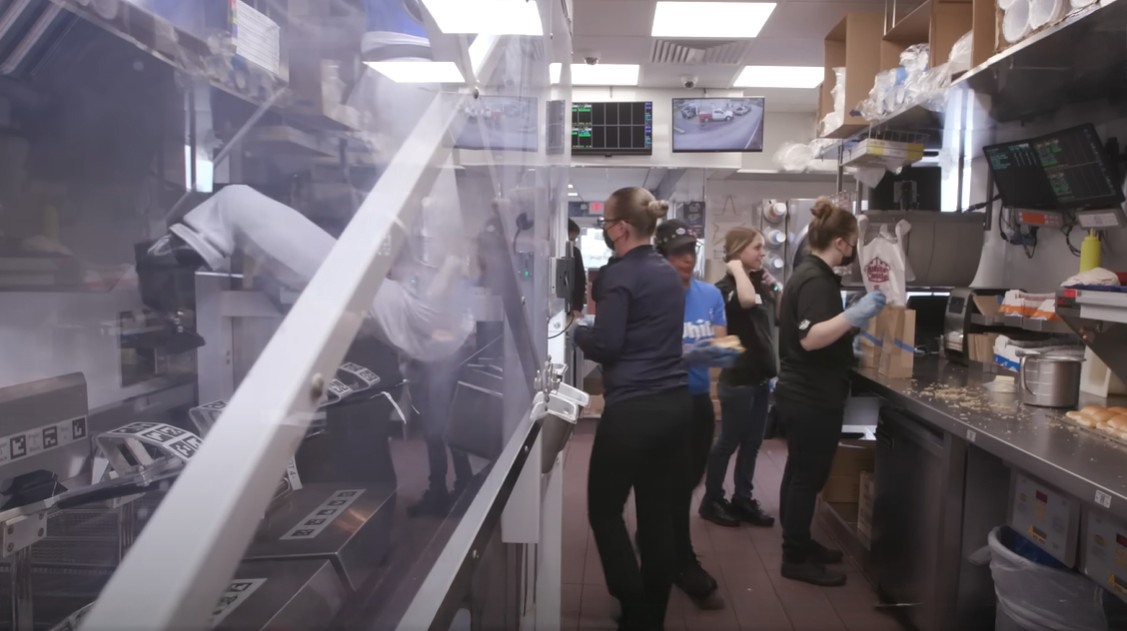 Will Robots Replace Fast Food Workers?, CNBC, YouTube
Will Robots Replace Fast Food Workers?, CNBC, YouTube
The Fast-Food Wave Of The Future
As technology keeps getting better and better, robots are only going to become a more customary sight in fast food restaurants. The challenge will be to strike a balance between efficiency and customer satisfaction while making sure that the human side doesn’t disappear entirely. The most successful fast-food places could pair up robots with human staff for a mixed approach offering the best of both the human and robot worlds.
You May Also Like:
Starting Your Own Food Truck: The Keys To Success
1980s McDonalds Menu Items They Need to Bring Back

